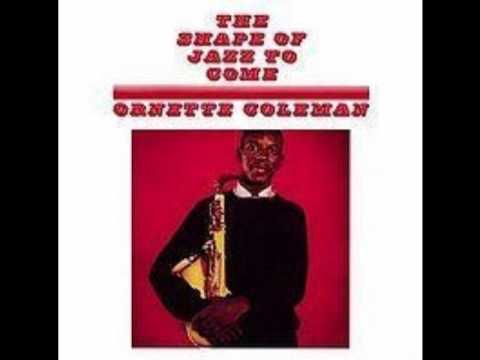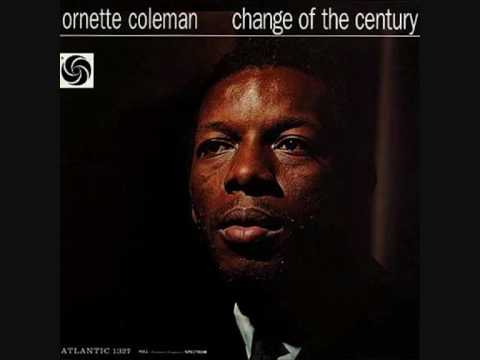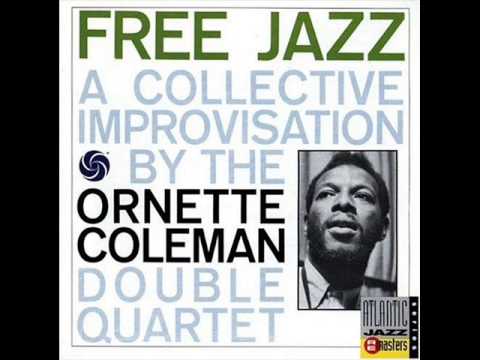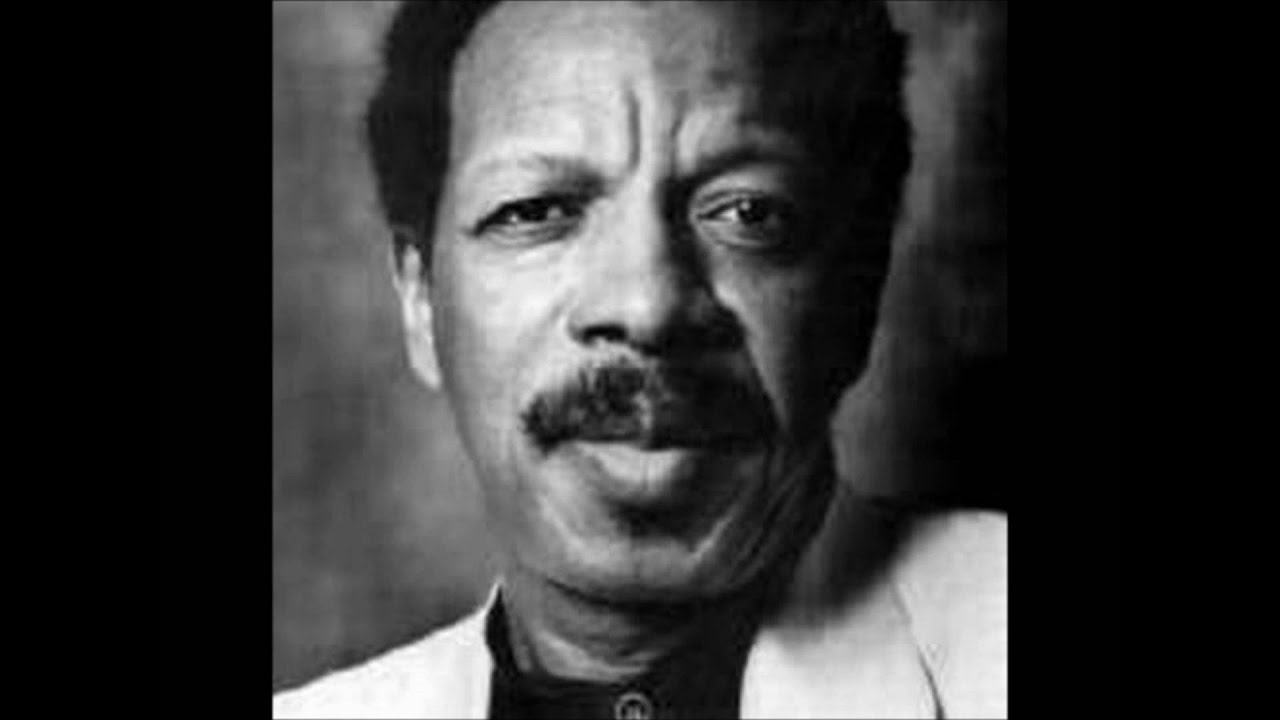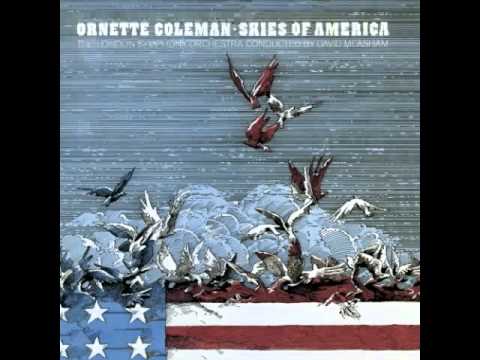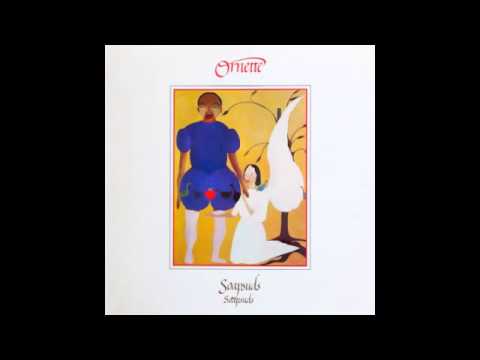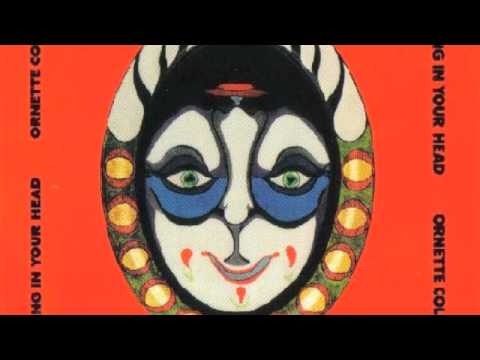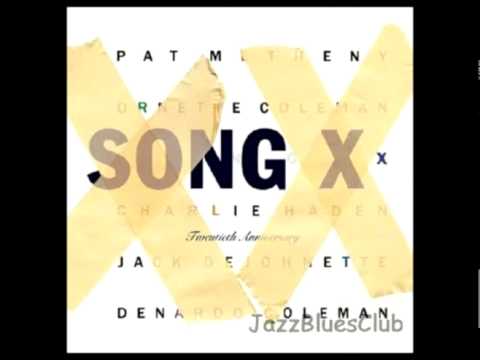
Jordan GCZ Names His Favorite Ornette Coleman Tunes
The term “free jazz” is not what comes to mind when I reflect on Ornette Coleman’s musical legacy. Neither does “avant-garde,” as his music does not evoke any arty, manipulative conceptualism or estrangement. Coleman’s music never made me feel unwelcome, unwanted or unwise. What I am left with are melodies, his storytelling gift and the blues. His musical conversations with Don Cherry are unparalleled to my ears, even by Davis and Coltrane. With every phrase he played and every theme he wrote, Coleman expressed pure, exuberant, explosive freedom. Here are several recordings that have been meaningful to me over the past 25 years. The selection is not a definitive anything, and the choices reflect my own inclinations. Regardless, they are a wonderful way to start your day. I wish there were 50 more Coleman albums, but even if he had stopped after the first, his musical contribution would still be legendary.
“Lonely Woman” The Shape of Jazz to Come (1959)
This classic composition is as timeless as any other jazz standards of the cannon, and to me the original rendition captures it the best. The way Coleman and Don Cherry play the theme together is mesmerizing. Their interplaying timbre, in its unique fragility, is displayed here in full glory. It’s hard for me to think of Coleman without thinking of Cherry, and this recording is one of my top ten reasons why.
“Free” Change of the Century (1960)
That bridge from the theme to Coleman’s first solo around 00:30 and again around 5:00 gets me every time. You can hear the unique, dynamic quality of Coleman’s playing and writing. I always feel like he’s telling a story, and when he and Cherry play at the same time, it sounds like a couple of buddies shooting the shit.
“Free Jazz: A Collective Improvisation” (1961)
From the impression of chaos, sweet melodies emerge. I don’t know how this works, but it does. It’s a 40-minute improvisation with very few themes. There are two different quintets—Eric Dolphy, Freddy Hubbard, Scott la Faro, plus Coleman’s regular players—one in each stereo speaker. Two drummers always playing at the same time. The message I get from this is that freedom does not equate to chaos.
“The Empty Foxhole” The Empty Foxhole (1966)
https://www.youtube.com/watch?v=sRbWiO-7dpk
Beautiful, clumsy simplicity is this controversial album’s allure. Coleman recorded this for Blue Note in 1966 with a trio consisting of his longtime bass collaborator Charlie Haden and his son Denardo Coleman, who was 10 at the time. Ornette played his usual alto on the LP as well as the trumpet and violin, neither of which he seems to have mastered. The result is an exercise in minimalism and flexibility as well as a philosophical statement about art and authenticity that holds much truth.
“Science Fiction” Science Fiction (1972)
OK, this one is bananas. Check that evil baby popping in there from time to time. Evil, evil, sad baby. I love hearing the non-traditional jazz studio techniques used on this album. It sounds like a Roland Space Echo on the lead vocal. Coleman manages to tap into raw human emotion like few others: fear, excitement, sorrow, manic anxiety.
Ornette Coleman and the London Symphony Orchestra “Skies Of America” (1972)
This is a lovely example of Coleman’s compositional clarity. With its melodic freedom, brooding rigid rhythmic pulse that’s sporadically cut off by volcanic bursts of merriment, it shows Coleman bridging between jazz and 20th century classical music… and kind of sounds like Jeff Mills.
“Mary Hartman, Mary Hartman” Soapsuds, Soapsuds (1978)
I think it’s fitting to follow a symphony orchestra with an intimate duet between Coleman and longtime collaborator Charlie Haden. This cut is Colman and Haden’s adaptation of the theme song from the TV show of the same name. Coleman makes any melody his own with his unique expressive sound. That’s as sweet as it gets.
“Midnight Sunrise” Dancing in Your Head (1977)
This LP is considered Ornette’s “electric” record, where he worked with an electronic band for the first time. Unlike the rest of the LP, on this track Coleman trades the bass guitar oomf with the trance-inducing textures of the Sufi band The Master Musicians of Jajouka. The collaboration sounds very natural—Coleman’s timbre shares similarity to the rif pipe and reeds, and the Sufi improvisational tradition is not at odds with Coleman’s musical outlook.
“Song X” (1986)
It’s interesting to hear Coleman share themes with a guitar player, especially one with such an unconventional soft tone as Pat Metheny’s. The density of Jack DeJohnette’s drumming with Coleman’s sax intensity is dynamite. Just listen to that theme.
“Naked Lunch” (1992)
https://www.youtube.com/watch?v=ytPYDWnr_AQ
This hypnotic piece of music is taken from the soundtrack of the 1991 film Naked Lunch. It perfectly suits the eerie Cronenberg vibe, with Coleman diving under Haden’s pulsating bass and the Jajouka percussionists. The whole soundtrack is dripping in soppy West Coast noir that’s put through a prism of madness.
Header image: Shalev Netanel
Published June 16, 2015.

